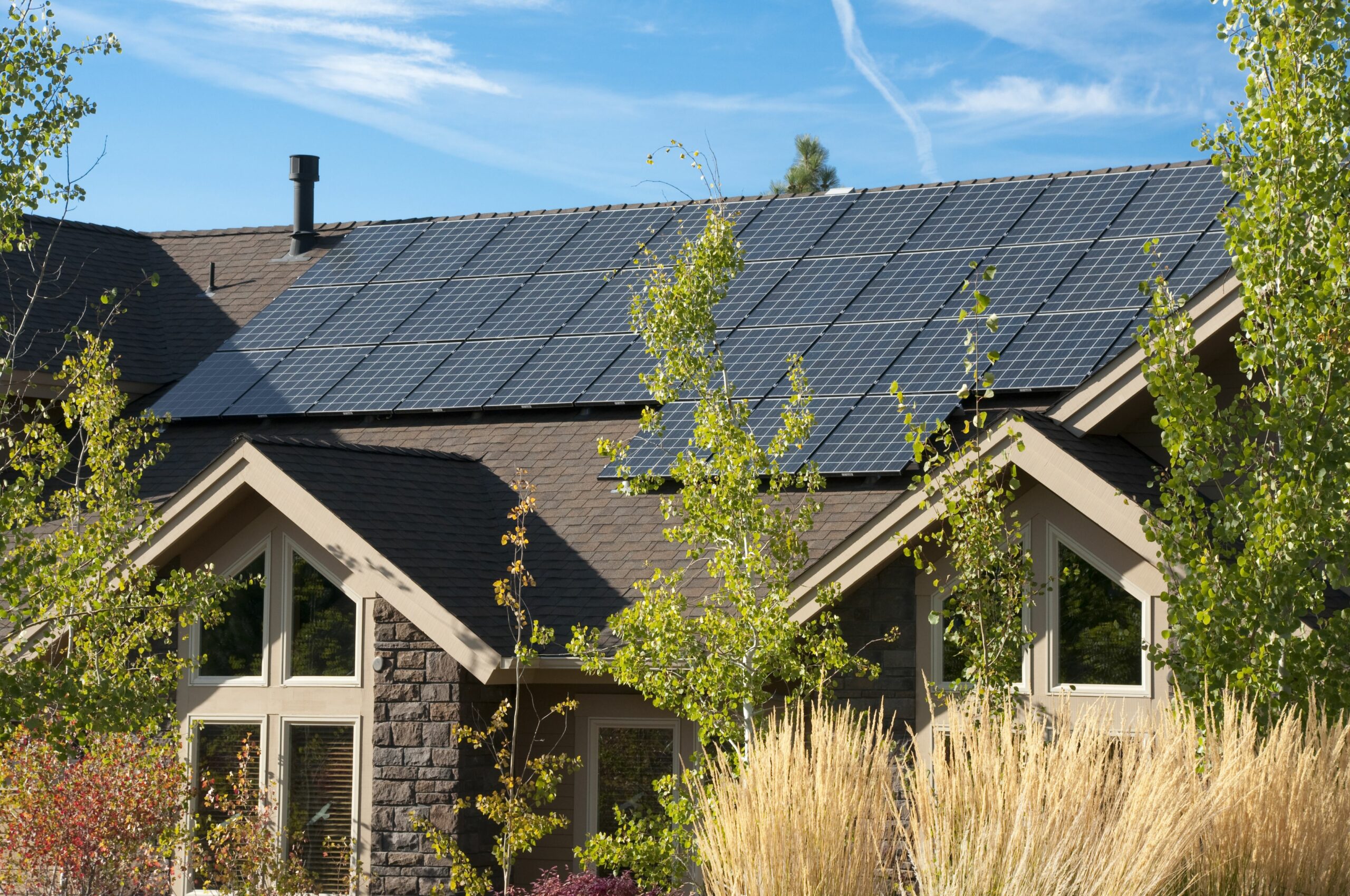Home Updates for Extreme Weather
Home Updates for Extreme Weather – Hello Friends! When it comes to keeping your home safe and comfortable, preparing for extreme weather is a must. Whether it’s scorching heat, freezing cold, heavy storms, or high winds, making the right home updates can protect your property and enhance your living experience. In this article, we’ll explore essential home improvements to help you weather any storm—literally. Let’s get started!
1. Reinforce Your Roof
Your roof is your home’s first line of defense against extreme weather. To prevent leaks, damage, or even collapse, consider upgrading to impact-resistant shingles, reinforcing the underlayment, and ensuring proper insulation. If you live in hurricane-prone areas, hurricane straps can add extra stability.
2. Upgrade Your Windows and Doors
High winds, storms, and extreme temperatures can take a toll on your windows and doors. Installing impact-resistant windows and storm doors can make a huge difference. For colder climates, consider double-glazed windows to improve insulation and energy efficiency.
3. Improve Insulation
Proper insulation helps regulate indoor temperatures, keeping you warm in winter and cool in summer. Upgrade your attic, walls, and floors with high-quality insulation materials to lower energy bills and increase comfort.
4. Install a Backup Generator
Power outages during extreme weather can be a nightmare. Investing in a backup generator ensures you have electricity when you need it most, keeping essential appliances and heating or cooling systems running.
5. Strengthen Exterior Walls
Reinforcing exterior walls with durable materials like fiber cement or brick can provide extra protection against strong winds and heavy rains. Additionally, sealing cracks and gaps prevents drafts and water damage.
6. Elevate Your Home in Flood-Prone Areas
If you live in an area prone to flooding, raising your home on stilts or piers can reduce the risk of water damage. Waterproofing your basement and installing a sump pump also help keep floodwaters at bay.
7. Upgrade Your HVAC System
Extreme temperatures put a strain on your heating and cooling systems. Upgrading to an energy-efficient HVAC system ensures better performance, reduced energy costs, and a more comfortable indoor environment.
8. Install Storm Shutters
Storm shutters provide an extra layer of protection for your windows against high winds and flying debris. They are especially useful in hurricane-prone regions and can prevent costly damage.
9. Secure Outdoor Structures
Strong winds can turn outdoor furniture, sheds, and playsets into hazards. Secure these structures with anchors, and store loose items indoors when a storm is approaching.
10. Reinforce Your Garage Door
Your garage door is one of the most vulnerable parts of your home during extreme weather. Reinforcing it with bracing systems or installing a wind-resistant door can prevent damage and maintain structural integrity.
11. Improve Drainage Systems
Heavy rains and flooding can cause water to pool around your home’s foundation. Installing French drains, extending downspouts, and maintaining gutters help direct water away and prevent structural damage.
12. Fireproof Your Home
For homes in wildfire-prone areas, using fire-resistant building materials, maintaining a defensible space around your property, and installing ember-resistant vents can reduce fire risks.
13. Install Smart Home Technology
Smart thermostats, weather sensors, and automated storm shutters allow you to respond quickly to extreme weather conditions, enhancing your home’s safety and energy efficiency.
14. Reinforce Your Fencing
High winds and storms can easily damage weak fences. Reinforcing your fencing with stronger materials, deeper posts, and wind-resistant designs ensures better durability.
15. Waterproof Your Basement
A wet basement can lead to mold, mildew, and structural issues. Applying waterproof coatings, installing a sump pump, and ensuring proper drainage help protect your home from water damage.
16. Invest in Impact-Resistant Landscaping
Choosing wind-resistant trees and shrubs, securing loose landscaping elements, and using gravel instead of mulch can help minimize damage during storms.
17. Seal Gaps and Cracks
Air leaks can make your home less energy-efficient and more susceptible to extreme temperatures. Sealing gaps around doors, windows, and vents improves insulation and reduces heating and cooling costs.
18. Strengthen Your Foundation
Extreme weather can weaken your home’s foundation over time. Reinforcing it with proper grading, foundation anchors, and regular inspections helps maintain stability.
19. Prepare an Emergency Kit
Having an emergency kit with flashlights, batteries, food, water, and first-aid supplies ensures you’re ready for power outages and severe weather conditions.
20. Consult a Professional
When making major home updates for extreme weather, consulting a professional ensures the best solutions for your specific climate and home structure.
Conclusion
Extreme weather can be unpredictable, but with the right home updates, you can stay safe and comfortable no matter what comes your way. From reinforcing your roof to upgrading your windows and insulation, these improvements provide protection, energy efficiency, and peace of mind. Take the time to prepare your home today, and you’ll be ready for whatever Mother Nature throws your way. Until next time, stay safe and see you again in another exciting article!
